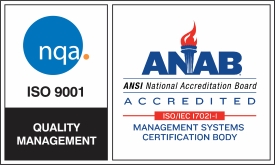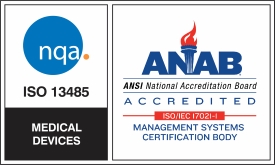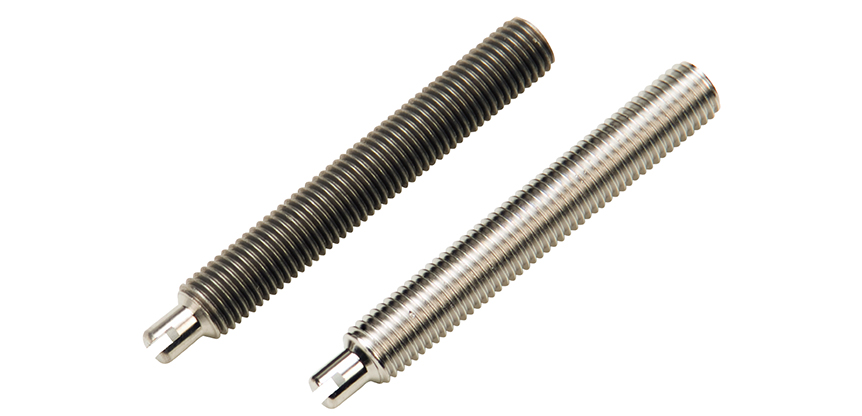When comparing electropolishing to other metal finishing operations, like plating and coatings, one frequently asked question is whether it wears off over time. The finish resulting from electropolishing will last indefinitely and will not chip, peel or abrade like platings and coatings. If over time, as a result of physical damage, the electropolished surface requires refurbishing or re-machining, there is nothing to strip or remove prior to accomplishing this.
The "Reverse Plating" Process
Unlike processes like plating that add a protective, corrosion-resistant layer to a part—a layer that wears off over time—electropolishing is actually a "reverse plating" process. This anodic process removes metal from the part surface as opposed to applying a layer of metal as with plating.
Electropolishing removes a controlled, uniform layer of surface metal from a part, taking with it micro surface imperfections and contaminants embedded in the surface. This leaves behind a smooth surface, free of micro pits, cracks, and defects that harbor bacteria and moisture, which can become initiation sites for contamination and corrosion.
More Aggressive Than Chemical Passivation
Electropolishing is a more aggressive metal finishing process than chemical passivation. While the latter relies on strictly chemicals to restore the surface of stainless steel to its original corrosion specifications, electropolishing is an electrochemical process that eliminates surface and sub-surface contaminants such as, oxide scale and removes discoloration from welding or heat treating. Compared to electropolishing, chemical passivation does relatively little to improve the corrosion resistance of stainless steel parts.
Since the stainless alloy and applications differ greatly, it is recommended that you process trial samples with varying material removal and subject to an accelerated corrosion test called out in the ASTM B912 specification. The standard material removal is .0005” to .001” (.00025” to .0005” per side). The more material removal you can allow, the better the corrosion resistance will be.




